Let’s take a whirlwind journey through the captivating history of China! Let’s explore tales of emperors, dynasties, inventions, and everything in between. China’s rich and vibrant past is a tapestry woven with fascinating stories that have shaped the nation we know today.
The Ancient Beginnings
Our journey begins in the mists of time, where ancient civilizations thrived along the banks of the Yellow River. The Xia Dynasty, the first recorded Chinese dynasty, laid the foundation for what was to come. From the mighty Shang Dynasty and their oracle bones to the philosophical teachings of Confucius during the Zhou Dynasty, China’s ancient history is a treasure trove of wisdom and innovation.
I. The Xia Dynasty: Pioneers of Chinese Civilization
Our expedition into the ancient roots of China commences with the Xia Dynasty. It is a civilization that stands as the initial architectural structure of the great edifice that is Chinese history. Archaeological evidence and historical accounts offer compelling insights into this foundational period. Traditionally believed to have reigned from approximately 2070 to 1600 BCE, the Xia Dynasty is thought to have been founded by Emperor Yu, whose legendary feats in flood control and irrigation projects form the bedrock of Chinese folklore.
Archaeological digs at Erlitou, a site identified as a potential Xia capital, have unearthed remnants of a sophisticated urban center. The artifacts, dating back over four millennia, reveal early urban planning, advanced bronze metallurgy, and intricate pottery indicative of a flourishing society. The legendary Xia capital, although not conclusively proven, showcases early Chinese achievements in governance and technology. These findings shed light on the innovative spirit that characterized the Xia Dynasty, laying the groundwork for the intricate tapestry of Chinese civilization that would unfold in the centuries to come.
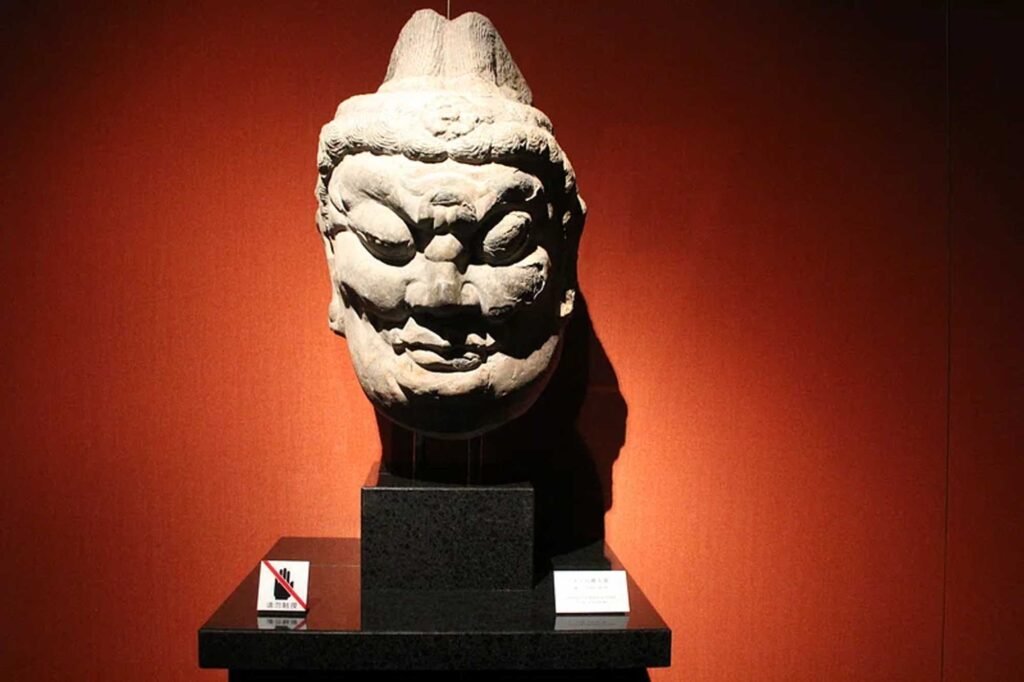
II. The Shang Dynasty and the Enigma of Oracle Bones
Our voyage through ancient China delves deeper into the Shang Dynasty, an era of paramount significance that spanned from approximately 1600 to 1046 BCE. The Shang Dynasty, marked by its capital city Anyang, not only wielded military prowess but also engaged in spiritual practices that have left an indelible mark on the pages of history. The Shang people’s connection to the metaphysical found expression through oracle bones, an intriguing enigma that has captivated historians and archaeologists alike.
At the archaeological site of Yinxu, the modern designation for the ancient capital of the Shang Dynasty, researchers unearthed a treasure trove of oracle bones—turtles and ox scapulae inscribed with early Chinese writing. These artifacts, used for divination purposes, unveil the Shang people’s deep-rooted belief in a spiritual realm influencing earthly affairs.
Dating back to around 1200 BCE, the oracle bone inscriptions not only provide glimpses into the Shang Dynasty’s religious practices but also represent the earliest known form of Chinese writing. The deciphered texts reveal a complex society engaged in rituals, royal proclamations, and an intricate understanding of the cosmic forces at play. The Shang Dynasty, with its oracle bones, thus emerges as a beacon of spiritual sophistication, leaving a tantalizing enigma that continues to illuminate the understanding of ancient Chinese civilization.
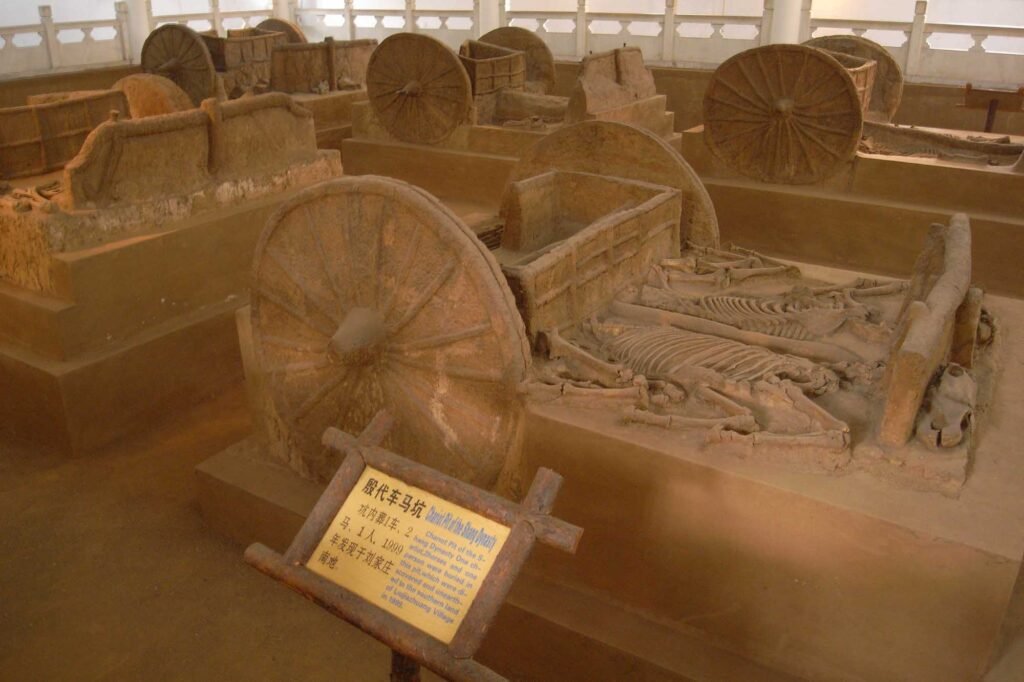
III. Philosophical Foundations: Confucius and the Zhou Dynasty’s Legacy
Our journey through ancient China now turns its gaze toward the philosophical zenith of the Zhou Dynasty, a period lasting from 1046 to 256 BCE. At the forefront of this intellectual renaissance stands Confucius (551–479 BCE), a sage whose teachings would become foundational pillars shaping the moral and ethical fabric of Chinese society.
Confucius’s philosophy, encapsulated in the timeless work known as the Analects, emphasizes principles that extend far beyond the temporal boundaries of the Zhou Dynasty. Envisioning a harmonious society, Confucius stressed the significance of familial bonds, the virtue of benevolent leadership, and the importance of individual moral cultivation. These principles, emanating from the sage’s profound insights, became integral to the cultural ethos of China, permeating through dynasties and echoing in the corridors of modern Chinese thought.
The Zhou Dynasty, marked by its Western and Eastern periods, provided fertile ground for the germination of Confucian thought. The era’s political and social upheavals paved the way for philosophical discourse, with Confucianism emerging as a response to the moral and political crises of the time. As Confucius sought to instill virtue and righteousness in governance, his teachings resonated deeply, leaving an indelible mark on Chinese philosophy.
In the unfolding chapters of ancient China, the alliance between Confucius and the Zhou Dynasty stands as a testament to the enduring power of ideas. Their collective legacy, enshrined in the Analects and the philosophical underpinnings of Confucianism, continues to shape the moral compass of China, offering a timeless guide for societal harmony and virtuous living. The philosophical enlightenment of Confucius and the Zhou Dynasty reverberates through the ages, leaving an intellectual legacy that transcends the boundaries of time and remains an integral part of China’s cultural identity.
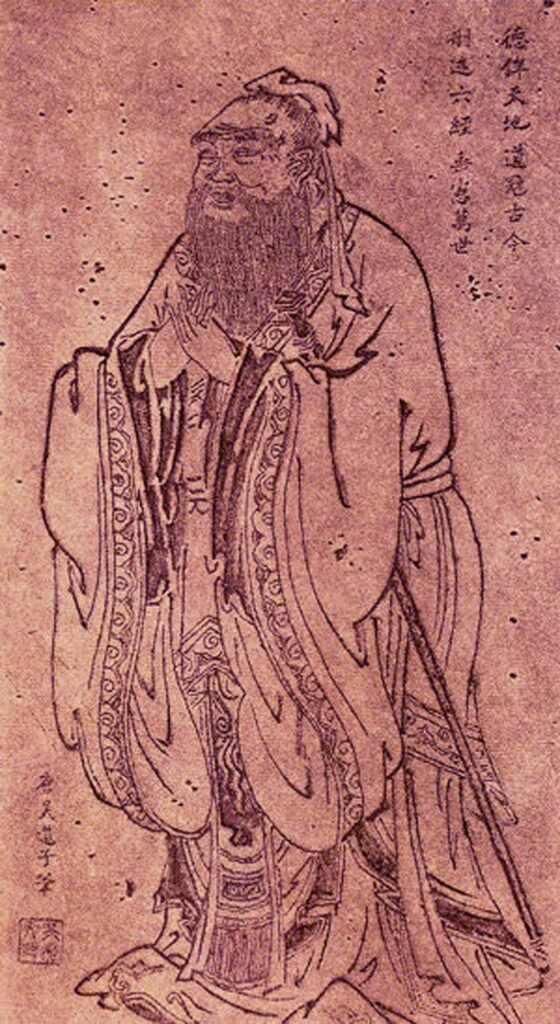
IV. Artistic Brilliance and Cultural Refinement in Ancient China
Our expedition into the bygone realms of China takes a turn toward the realms of artistic brilliance and cultural refinement. Dating back to the Neolithic period, the mastery of jade carving became a hallmark of Chinese craftsmanship, showcasing the meticulous skill of artisans. Among these treasures are the jade cong and bi discs, unearthed through archaeological endeavors, providing a tangible link to the aesthetic sensibilities of ancient Chinese societies.
The Neolithic period also birthed the foundations of calligraphy, an art form that transcended mere written communication. As we traverse the corridors of time, the earliest known examples of Chinese calligraphy emerge, dating back to the Shang Dynasty. These graceful strokes of the brush not only exhibit artistic prowess but also offer glimpses into the daily lives, beliefs, and aesthetics of ancient Chinese civilizations.
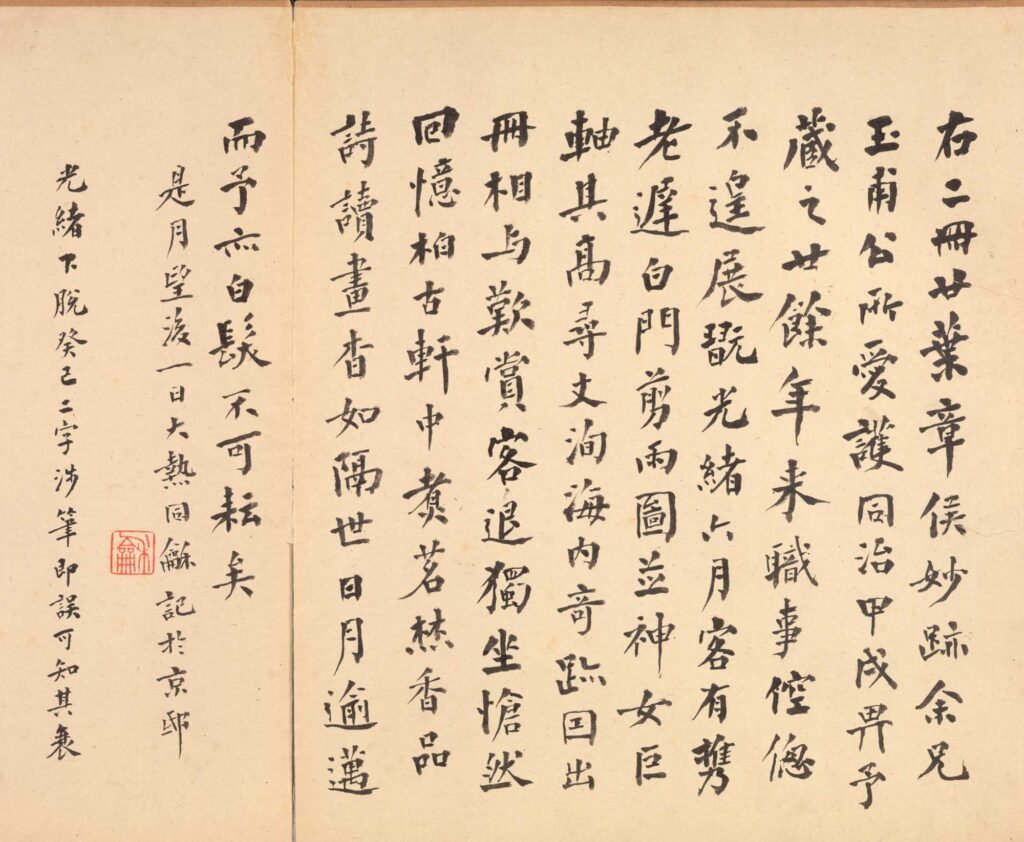
Moving through the epochs, the Shang Dynasty’s legacy endures in the intricate bronze vessels, exemplifying not only technical prowess but also a keen aesthetic sensibility. The Zhou Dynasty further refines the artistic landscape, with its emphasis on ritual bronzes and elaborate lacquerware. These artifacts, discovered in archaeological sites such as Anyang and Xian, encapsulate the cultural refinement and artistic vibrancy that defined ancient China.
As we unlock the vaults of artistic brilliance in ancient China, each artifact becomes a testament to the sophisticated tastes and cultural nuances of a civilization that evolved over millennia. The treasures of ancient China, from jade masterpieces to calligraphic scrolls, serve as portals connecting us to the aesthetics, values, and daily lives of a people whose legacy continues to captivate and inspire.
The Rise and Fall of Dynasties
Fast forward to the era of imperial China, where dynasties rose and fell like the ebb and flow of the tides. The Qin Dynasty, led by the ambitious Emperor Qin Shi Huang, united the warring states and built the awe-inspiring Great Wall. However, it was the Han Dynasty that truly left an indelible mark on Chinese culture, introducing the Silk Road and expanding the empire’s influence.
As we journey through the centuries, we encounter the glorious Tang Dynasty, known for its golden age of poetry and art. Then comes the Song Dynasty, with its technological advancements, including the invention of gunpowder and the printing press. And who can forget the mighty Ming Dynasty, responsible for the construction of the breathtaking Forbidden City?
I. Qin Dynasty: The Ambitious Unifier and the Great Wall’s Architect
Our journey into imperial China catapults us into the transformative era of the Qin Dynasty (221–206 BCE). It is a period marked by the ambitious rule of Emperor Qin Shi Huang. Rising to power in 221 BCE, Qin Shi Huang, known as Ying Zheng before his ascension, embarked on a relentless mission to unify the warring states and establish the first centralized imperial government in Chinese history. This monumental endeavor culminated in the unification of China in 221 BCE, heralding the dawn of imperial China.
Emperor Qin Shi Huang’s visionary leadership extended beyond political unification to monumental architectural feats. Faced with the perennial threat of nomadic invasions from the north, he orchestrated the construction of the Great Wall of China. Begun in the early third century BCE, this colossal defensive structure stretched over thousands of kilometers, serving as a formidable barrier against external threats. While subsequent dynasties expanded and maintained the Great Wall, its genesis lies in the strategic vision of the Qin Dynasty.
The Qin Dynasty’s reign, though brief, laid the groundwork for imperial governance, introducing standardized weights, measures, and currency. However, the emperor’s authoritarian rule and the laborious construction projects, including the Great Wall and his mausoleum guarded by the Terracotta Army, engendered discontent. The dynasty’s fall in 206 BCE marked the end of the Qin era but set the stage for the subsequent Han Dynasty, which would inherit and build upon the foundations laid by its ambitious predecessor.

II. Han Dynasty: Silk Road Pioneers and Cultural Icons
Our journey through the epochs of imperial China unfolds to reveal the radiant tapestry of the Han Dynasty (206 BCE–220 CE). It was an era marked not only by military triumphs but also by cultural innovations that would shape the course of Chinese history. Following the collapse of the Qin Dynasty, Liu Bang, known as Emperor Gaozu, established the Han Dynasty in 202 BCE, heralding a period of stability and cultural flourishing.
The Han Dynasty’s cultural impact reverberated far beyond its military conquests. A significant milestone during this era was the opening of the Silk Road, initiated by Emperor Wu Di (141–87 BCE). This extensive network of trade routes facilitated the exchange of goods, ideas, and culture between the East and the West. The Silk Road not only enhanced economic prosperity but also became a conduit for the dissemination of art, literature, and philosophical ideas across diverse civilizations.
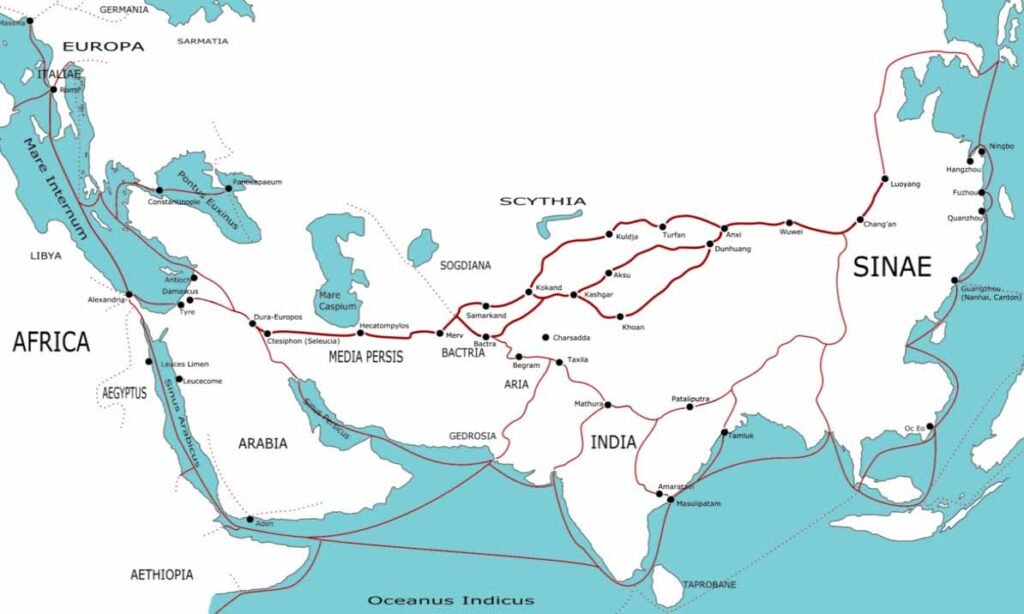
Culturally, the Han Dynasty witnessed a renaissance in artistic expression. Innovations in pottery, lacquerware, and silk production exemplified the empire’s artistic vibrancy. The “Ban Zhao Bu,” a collection of poems compiled during the Han period, showcased the dynasty’s literary prowess. Sima Qian, the Grand Historian, contributed significantly to historical documentation, leaving an enduring legacy.
While internal strife and external pressures led to the eventual fragmentation of the Han Dynasty, its cultural legacy endured. The Han era laid the foundation for the Confucian state, a political philosophy that would shape China’s governance for centuries. Their cultural exchanges and administrative innovations became an integral part of China’s identity, setting the stage for subsequent dynasties to inherit and build upon this rich legacy.
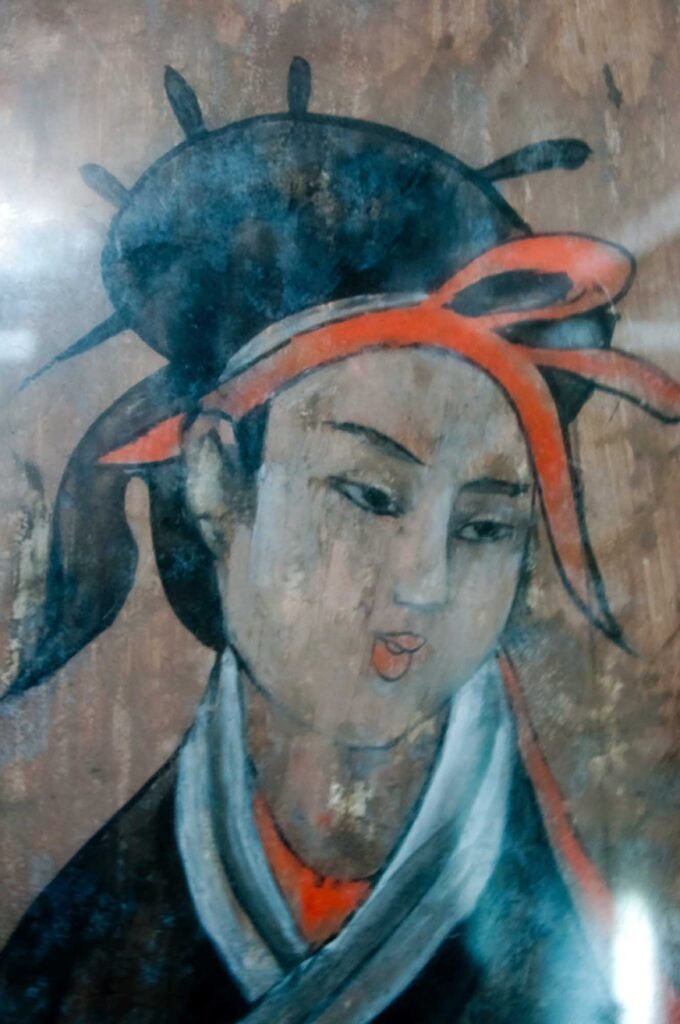
III. Tang Dynasty: A Flourishing Golden Age of Poetry and Art
Our imperial expedition carries us further into the splendors of the Tang Dynasty (618–907 CE), a period celebrated as one of the pinnacle achievements in Chinese cultural history. Emerging from the shadows of the Sui Dynasty, the Tang era ushered in a golden age of poetry, art, and cosmopolitanism.
Established by Li Yuan in 618 CE, the Tang Dynasty is renowned for its cultural efflorescence, epitomized by the flourishing of poetry. Li Bai and Du Fu, often referred to as the “Poet Immortals,” graced this era with their verses, capturing the essence of the human experience and the natural world. The Tang Dynasty’s capital, Chang’an, evolved into a vibrant cultural hub, attracting scholars, poets, and artists from across Asia and beyond.
This period also witnessed a fusion of artistic styles, influenced by the interactions along the Silk Road. Tang art showcased a harmonious blend of Central Asian, Persian, and Indian elements, giving rise to a distinctive and cosmopolitan aesthetic. This cultural amalgamation extended to fashion, with vibrant silk garments reflecting the multicultural ethos of the era.
The Tang Dynasty’s artistic brilliance was complemented by administrative innovations. The Equal-Field System aimed at redistributing land, fostering economic stability. While military conflicts and internal strife ultimately led to the dynasty’s decline, its cultural legacy endured, shaping subsequent Chinese artistic traditions. The flourishing creativity of the Tang Dynasty stands as a testament to the enduring spirit of innovation and cultural exchange that defined this golden age in Chinese history.

IV. Song Dynasty: Technological Marvels and Intellectual Resurgence
Our journey through imperial China continues with the technological marvels and intellectual resurgence of the Song Dynasty (960–1279 CE). Emerging from the ashes of political turmoil, the Song era stands as a beacon of innovation and intellectual enlightenment.
Founded by Emperor Taizu in 960 CE, the Song Dynasty witnessed unprecedented advancements in various fields, revolutionizing both warfare and knowledge dissemination. One of the epochal inventions of this era was gunpowder, a discovery with far-reaching implications for military strategy and weaponry. Alongside this, the invention of the printing press using movable clay type contributed to the widespread dissemination of knowledge, laying the groundwork for the mass production of books.
Culturally, the Song Dynasty fostered a thriving intellectual environment. The rise of Neo-Confucianism, a philosophical synthesis of Confucianism, Daoism, and Buddhism, became the dominant intellectual force. Influential philosophers like Zhu Xi played a pivotal role in shaping the intellectual landscape, emphasizing ethical conduct, metaphysics, and the pursuit of knowledge.
Despite facing external threats and internal challenges, the Song Dynasty’s contributions to technology, philosophy, and art left an indelible mark. Its legacy paved the way for subsequent dynasties, shaping the intellectual foundations of China.
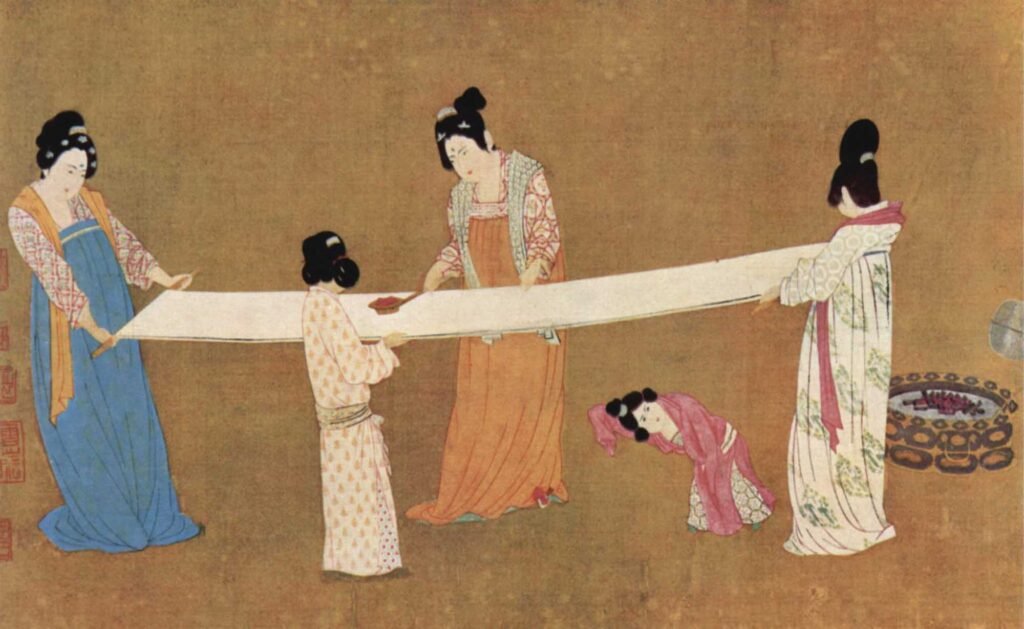
V. Ming Dynasty: Architectural Marvels and the Forbidden City Legacy
Our imperial chronicle advances to the magnificent era of the Ming Dynasty (1368–1644 CE), a period distinguished by its architectural grandeur and profound impact on Chinese culture. Ascending to power after the collapse of the Mongol-led Yuan Dynasty, the Ming rulers sought to restore traditional Chinese values and assert national identity.
The Ming Dynasty’s architectural prowess is epitomized by the construction of the Forbidden City, a sprawling imperial palace complex in Beijing. Initiated by Emperor Yongle, this architectural marvel served as the seat of imperial power for nearly five centuries. The Forbidden City’s intricate layout, adorned with ornate palaces, halls, and courtyards, reflects the Ming Dynasty’s commitment to the principles of Feng Shui and Chinese cosmology.
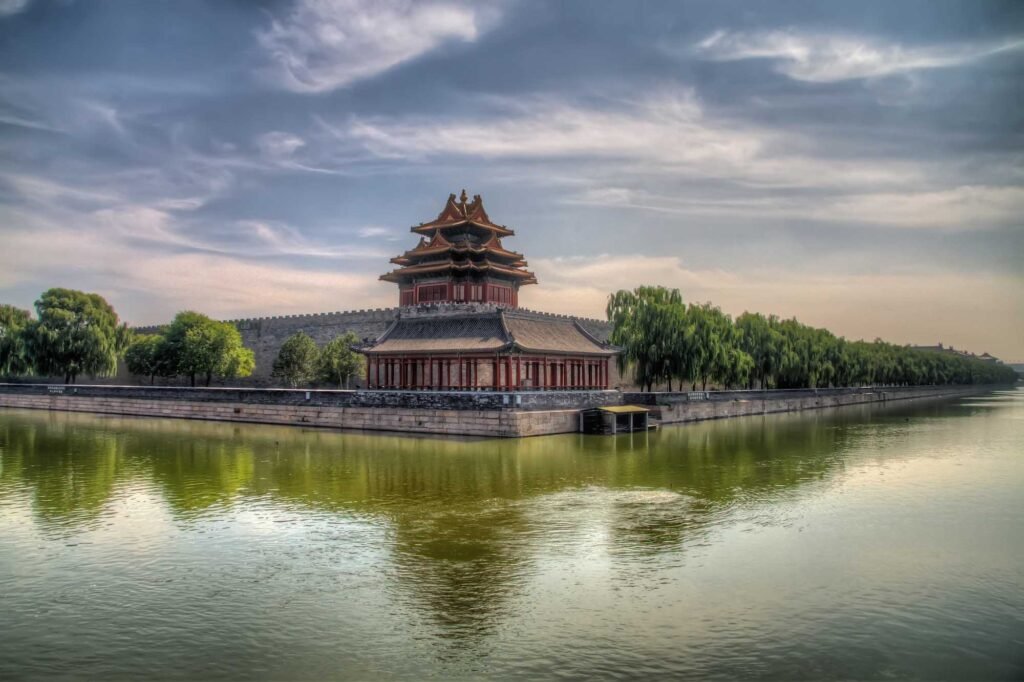
Beyond architectural achievements, the Ming Dynasty contributed significantly to the arts and sciences. The development of blue-and-white porcelain reached new heights during this period, becoming highly sought after in international trade. The flourishing of Ming literature, including literary masterpieces like “Journey to the West” and “Romance of the Three Kingdoms,” enriched Chinese cultural heritage.
However, internal strife and external threats, particularly from the Mongols and later the Manchus, eventually led to the decline of the Ming Dynasty. In 1644, Beijing fell, marking the end of Ming rule. Nevertheless, the architectural legacy of the Forbidden City endures as a testament to the Ming Dynasty’s cultural influence, sophistication, and grandeur.
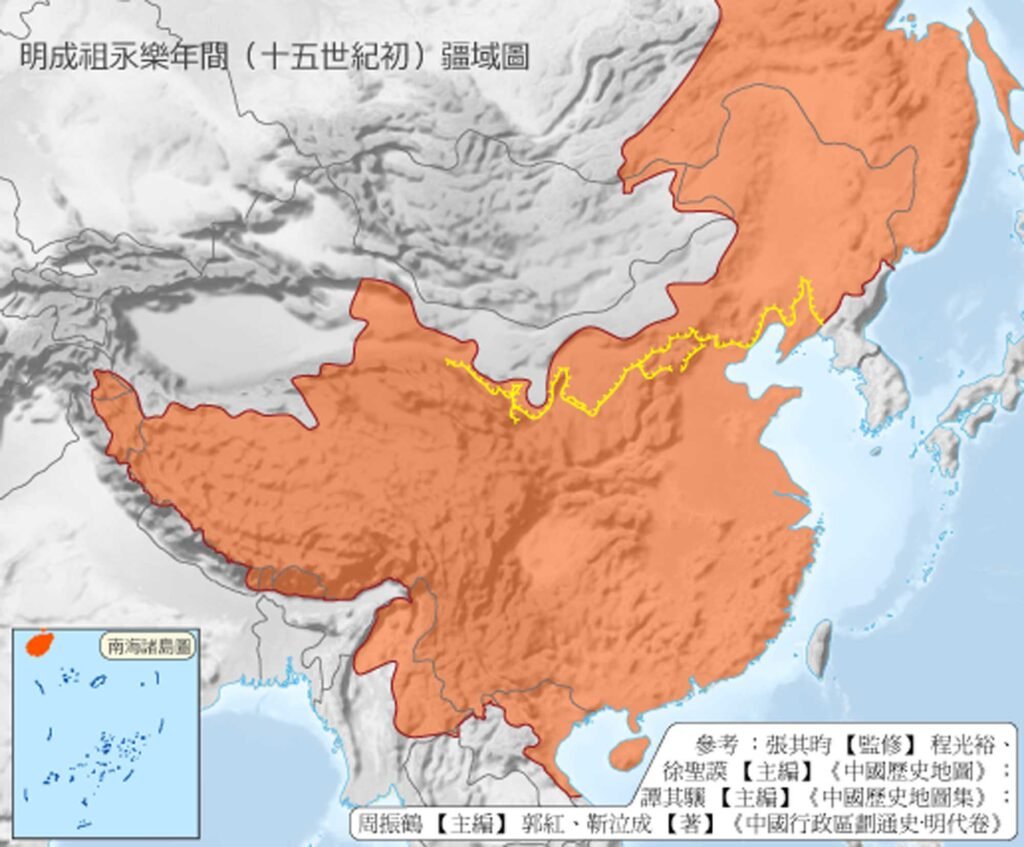
The Age of Exploration
As the world entered the age of exploration, China embarked on its own voyages of discovery. Under the leadership of Admiral Zheng He, the Ming Dynasty sent out massive fleets to explore the Indian Ocean and establish diplomatic ties with distant lands. These epic voyages showcased China’s naval prowess and cultural influence, leaving a lasting impression on the world.
Zheng He’s Expeditions: Navigating the Indian Ocean (1405–1433 CE)
In the early 15th century, specifically between 1405 and 1433 CE, the Ming Dynasty commissioned Admiral Zheng He to command colossal fleets on unprecedented maritime expeditions. These expeditions aimed to explore the vast expanse of the Indian Ocean, forging diplomatic connections with distant lands and showcasing China’s naval prowess.
China’s Cultural Influence on Distant Shores
Zheng He’s voyages were not merely maritime exploits; they were diplomatic missions that left an enduring imprint on global history. As Chinese fleets navigated the waters, they established diplomatic ties, exchanged goods, and introduced China’s rich cultural heritage to the far reaches of the Indian Ocean. This cultural diffusion showcased China’s sophisticated civilization, resonating across diverse societies and contributing to the interwoven tapestry of world history.
Legacy and Continuity
The Age of Exploration, as propelled by China’s maritime endeavors under Zheng He, serves as a bridge between ancient and early modern history. These epic voyages, occurring in the early 15th century, were a testament to China’s capabilities and ambitions on the world stage. While the Ming Dynasty eventually shifted its focus inward, the legacy of exploration and cultural exchange endured, setting the stage for future interactions between China and the wider world. Zheng He’s expeditions, though a brief chapter in the Ming Dynasty’s history, left an indelible mark, contributing to the evolving narrative of global exploration and intercultural exchange.
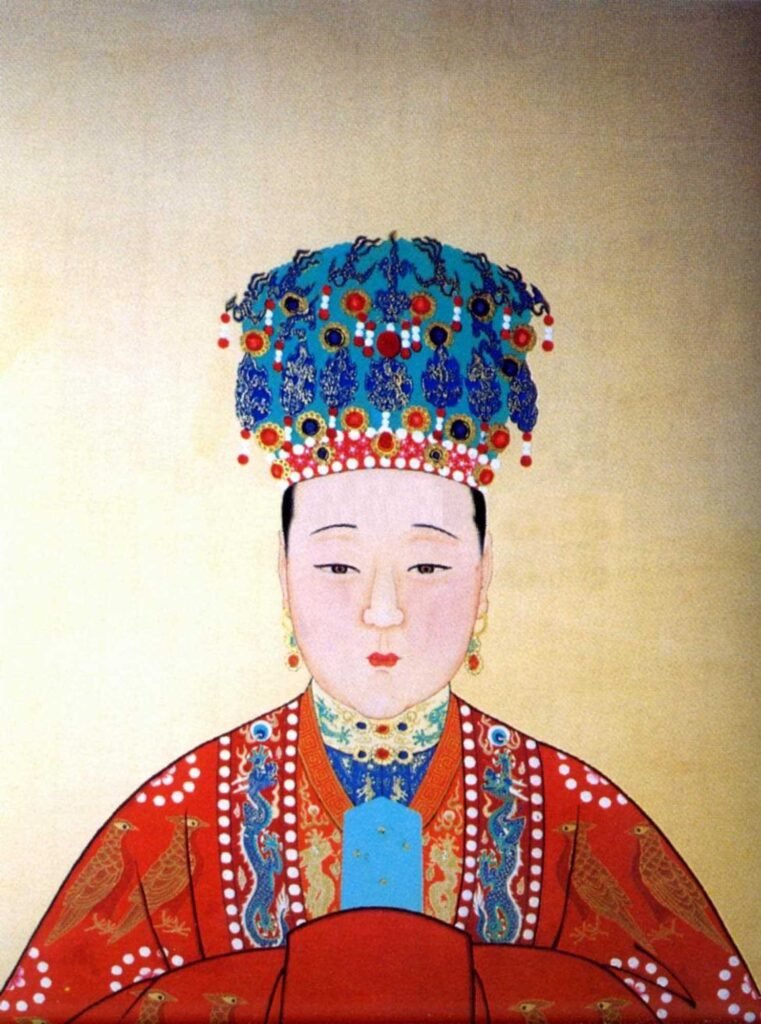
The Trials and Triumphs of Modern China
Our journey takes a tumultuous turn as we enter the modern era. The Opium Wars, the Boxer Rebellion, and the fall of the Qing Dynasty paved the way for a new chapter in China’s history. The birth of the Republic of China and the subsequent rise of the Chinese Communist Party under Mao Zedong brought about radical changes that shaped the nation’s destiny.
From the Great Leap Forward to the Cultural Revolution, China experienced both triumphs and tragedies. However, it was the economic reforms initiated by Deng Xiaoping in the late 20th century that propelled China into the global spotlight. Today, China stands as a formidable economic powerhouse and a major player on the world stage.
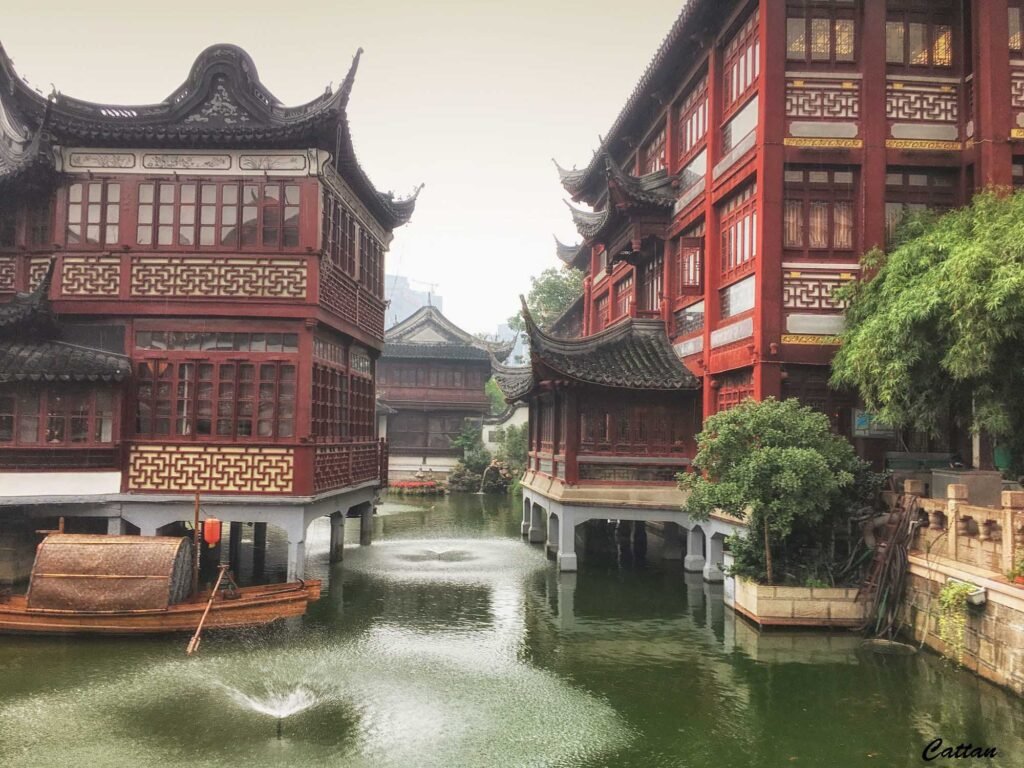
I. The Modern Turbulence: Opium Wars and the Boxer Rebellion (1839–1901 CE)
Our journey through modern China commences with the tumultuous events of the 19th century. The Opium Wars, ignited by conflicts over trade imbalances and opium smuggling, exposed the vulnerabilities of the Qing Dynasty. The resulting treaties, such as the Treaty of Nanking (1842), marked the beginning of foreign influence and territorial concessions.
In the late 19th century, the Boxer Rebellion erupted as a nationalist and anti-foreigner movement. Fueled by frustration with foreign encroachments and economic hardships, the Boxers sought to expel foreigners and cleanse China of their influence. The Boxer Protocol of 1901, following the suppression of the rebellion, imposed harsh penalties on China, further undermining its sovereignty.
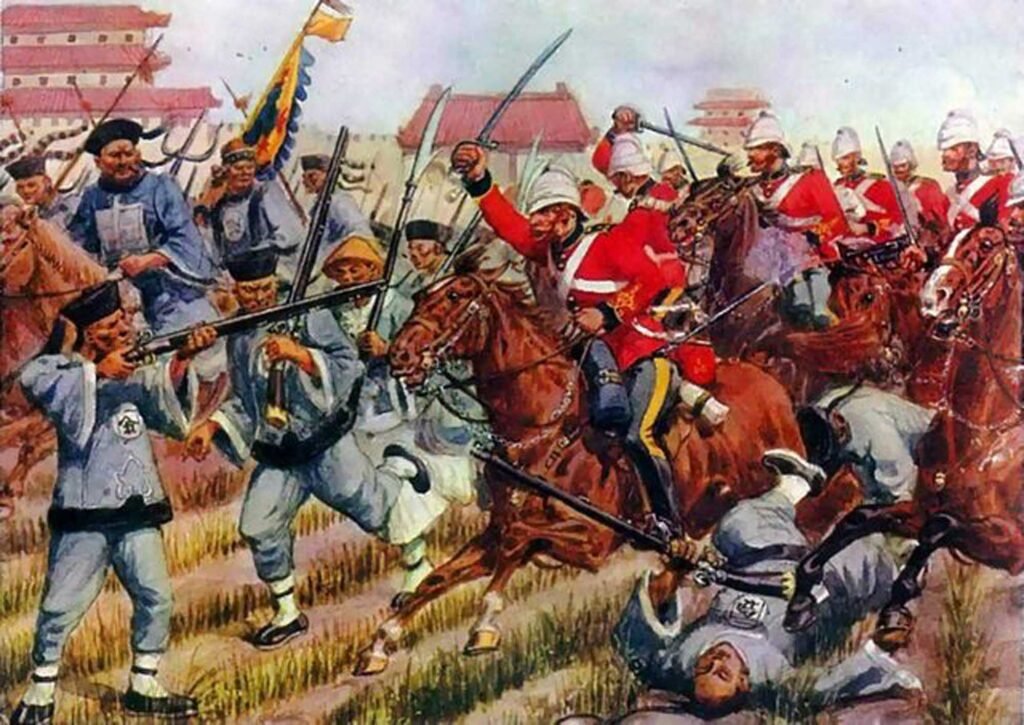
II. The Fall of the Qing Dynasty and the Birth of the Republic (1911–1912 CE)
The early 20th century proved to be an era of profound transformation for China, characterized by internal strife, external pressures, and a resounding shift in governance. The Qing Dynasty, weakened by centuries of decline and confronted with the challenges of a rapidly changing world, found itself at a crossroads. The seeds of revolution had been sown, and the culmination of these forces manifested in the monumental Xinhai Revolution of 1911.
Internal Turmoil and External Pressures
The Qing Dynasty faced a confluence of internal and external challenges. Domestically, issues such as corruption, peasant uprisings, and a failing bureaucratic system weakened the imperial authority. Externally, the encroachment of Western powers, along with Japan’s influence, highlighted the need for China to adapt to the modern era or risk further decline.
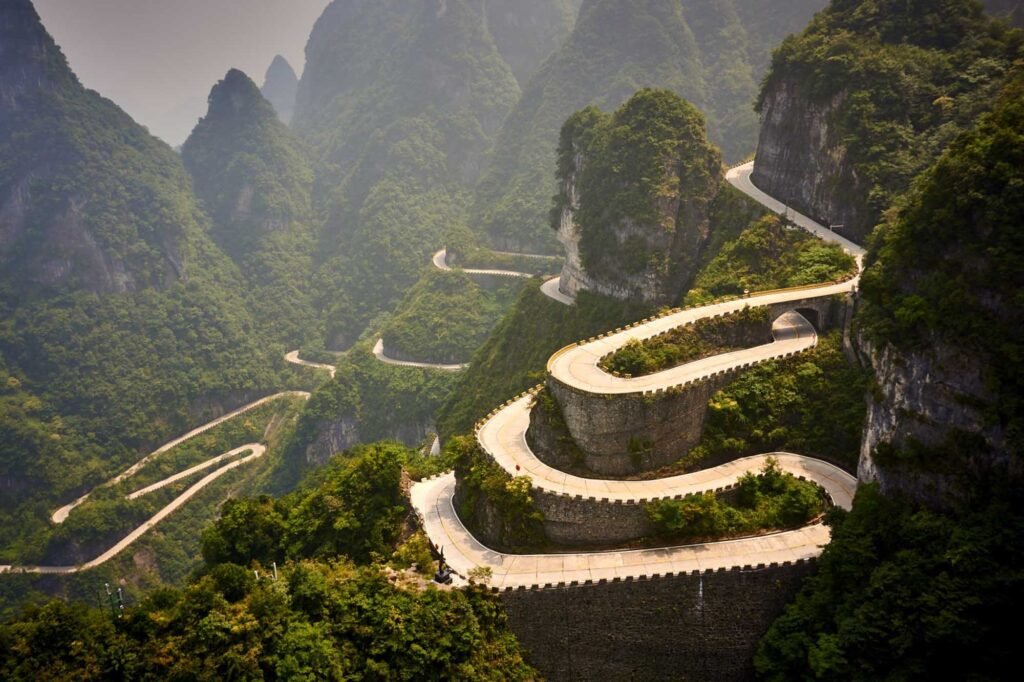
The Xinhai Revolution Unfolds
The Xinhai Revolution, initiated on October 10, 1911, proved to be a watershed moment in Chinese history. Led by a coalition of revolutionary forces and reformists, the revolution sought to address the systemic issues plaguing China and advocate for political change. Widespread discontent among the populace, including intellectuals, students, and military officers, coalesced into a formidable movement that aimed to overthrow the imperial system.
Culmination in the Abdication of Puyi
The climax of the revolution came with the abdication of the last Qing emperor, Puyi, on February 12, 1912. This event marked the end of millennia of imperial rule in China, concluding a chapter that had endured for over two thousand years. Puyi’s abdication signaled a seismic shift in China’s political landscape and paved the way for the establishment of a new form of governance.
The Birth of the Republic of China
The abdication of Puyi heralded the birth of the Republic of China on January 1, 1912. This was a momentous occasion that resonated not only within China but reverberated globally, symbolizing the end of dynastic rule and the emergence of a modern political order. Dr. Sun Yat-sen, a key figure in the revolution, became the provisional president of the new republic, ushering in a period of political experimentation and societal transformation.
The fall of the Qing Dynasty and the establishment of the Republic of China in 1912 marked a critical turning point in Chinese history. The birth of a republic represented aspirations for modernization, constitutional government, and the pursuit of a new era. However, this transition also set the stage for political complexities and challenges that would continue to shape the trajectory of China in the turbulent decades that followed.
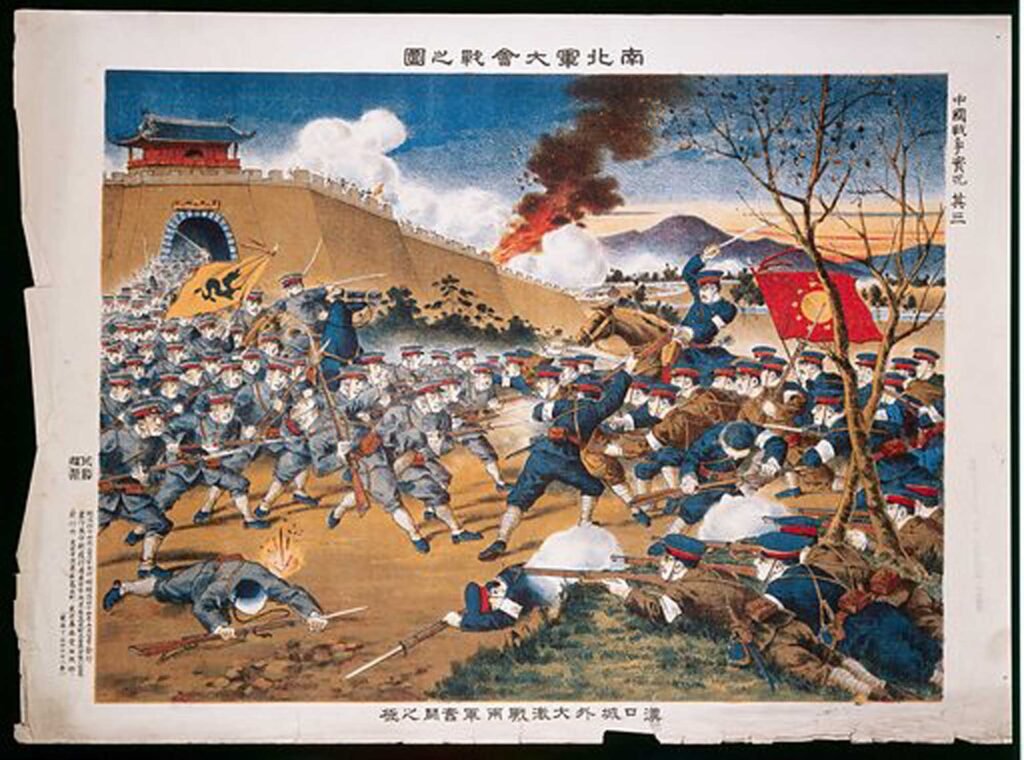
III. The Rise of the Chinese Communist Party and the Maoist Era (1921–1976 CE)
Amidst the swirling winds of political turbulence and social upheaval, the early 20th century witnessed the emergence of a transformative force that would reshape the destiny of China—the Chinese Communist Party (CCP). Founded in 1921, the CCP stood as a vanguard for social revolution and the realization of communist ideals in a nation grappling with deep-seated inequalities and societal fractures
The Birth of the Chinese Communist Party
In the aftermath of the First World War and against the backdrop of China’s social and political challenges, the CCP was formally established in 1921. A group of intellectuals and activists, including figures like Chen Duxiu and Li Dazhao, came together with the vision of creating a socialist society that would address the inequities plaguing China. The party’s early years were marked by clandestine activities, as it sought to gain a foothold in a nation undergoing profound change
The Chinese Civil War and the Triumph of the CCP
The Chinese Civil War (1927–1949) emerged as a crucible where political ideologies clashed, and the fate of China hung in the balance. Led by Chairman Mao Zedong, the CCP forged alliances, mobilized peasants, and engaged in guerrilla warfare against the Nationalist forces led by Chiang Kai-shek. The culmination of this protracted struggle came in 1949, as the CCP emerged victorious, proclaiming the establishment of the People’s Republic of China (PRC) on October 1, 1949, with Mao Zedong as its paramount leader

The Maoist Era Unfolds
The ensuing decades marked the Maoist era, characterized by a series of transformative events that sought to reshape Chinese society. The Great Leap Forward (1958–1962), an ambitious economic and social campaign, aimed to catapult China into the ranks of industrialized nations. However, this endeavor faced severe challenges, leading to widespread famine and economic setbacks
The tumultuous Cultural Revolution (1966–1976) emerged as another defining chapter, with Mao aiming to eliminate perceived bourgeois elements and solidify his revolutionary vision. This period witnessed mass purges, ideological indoctrination, and the upheaval of traditional cultural institutions. The consequences were profound, with countless lives disrupted and a nation grappling with the impact of radical ideological shifts
Legacy of Triumphs and Tragedies
The Maoist era, though marked by ambitious visions of societal transformation, left an indelible imprint on China’s history with both triumphs and tragedies. The CCP’s ascendancy, the establishment of the PRC, and the subsequent revolutionary campaigns played pivotal roles in shaping the nation’s trajectory. The complex legacy of this era, replete with socio-political experiments and human costs, continues to resonate in the collective memory of modern China
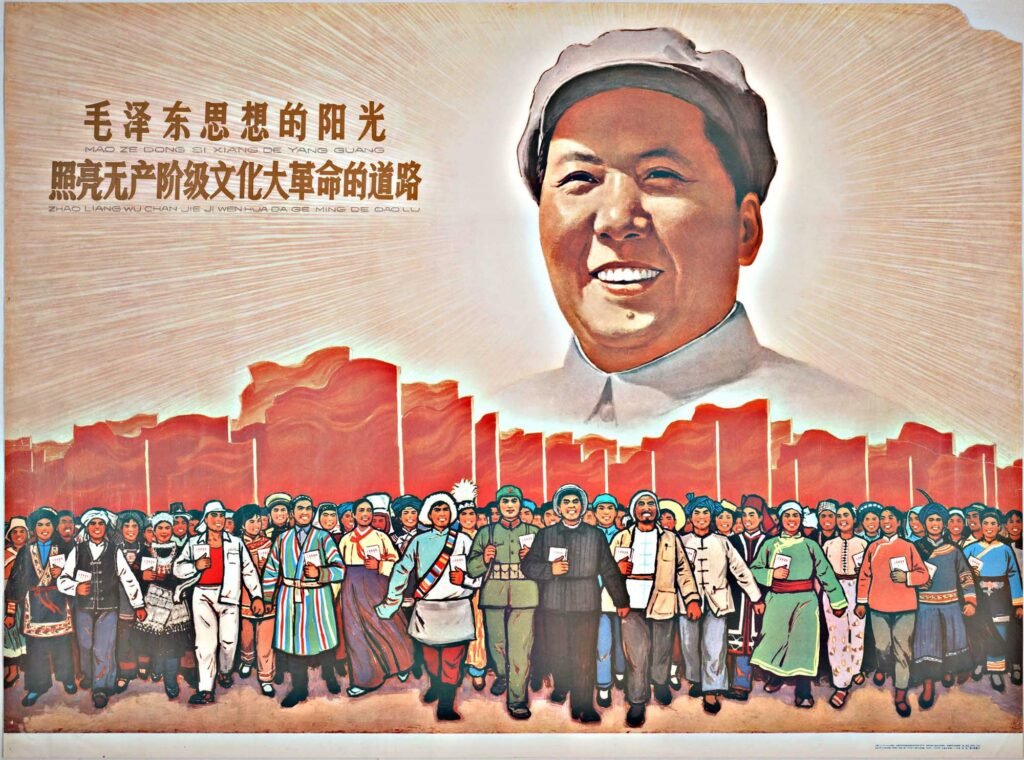
IV. Economic Reforms and Global Ascendancy (Late 20th Century–Present)
The demise of Mao Zedong in 1976 marked the end of the Maoist era and paved the way for a new phase in China’s history. The late 20th century marked a pivotal turning point for China under the leadership of Deng Xiaoping. This period witnessed rapid industrialization, foreign investment, and economic growth, propelling China into the global economic spotlight.
Economic Reforms and Opening Up (Late 20th Century)
Under Deng Xiaoping’s leadership, China embarked on economic reforms in the late 20th century, introducing the policy of “Opening Up and Reform” in 1978. This transformative shift dismantled collectivism and embraced market-oriented principles, catalyzing rapid industrialization, foreign investment, and economic growth. China emerged as a global economic powerhouse, lifting millions out of poverty and becoming a key player in the international arena.
Xi Jinping’s Rise to Power
In 2012, Xi Jinping assumed the position of General Secretary of the CCP, marking a new phase in China’s contemporary history. Xi’s leadership has been characterized by a consolidation of power, anti-corruption campaigns, and a focus on strengthening China’s position on the world stage. His tenure has seen an emphasis on technological innovation, military modernization, and the Belt and Road Initiative—an ambitious infrastructure and economic development project spanning multiple continents.
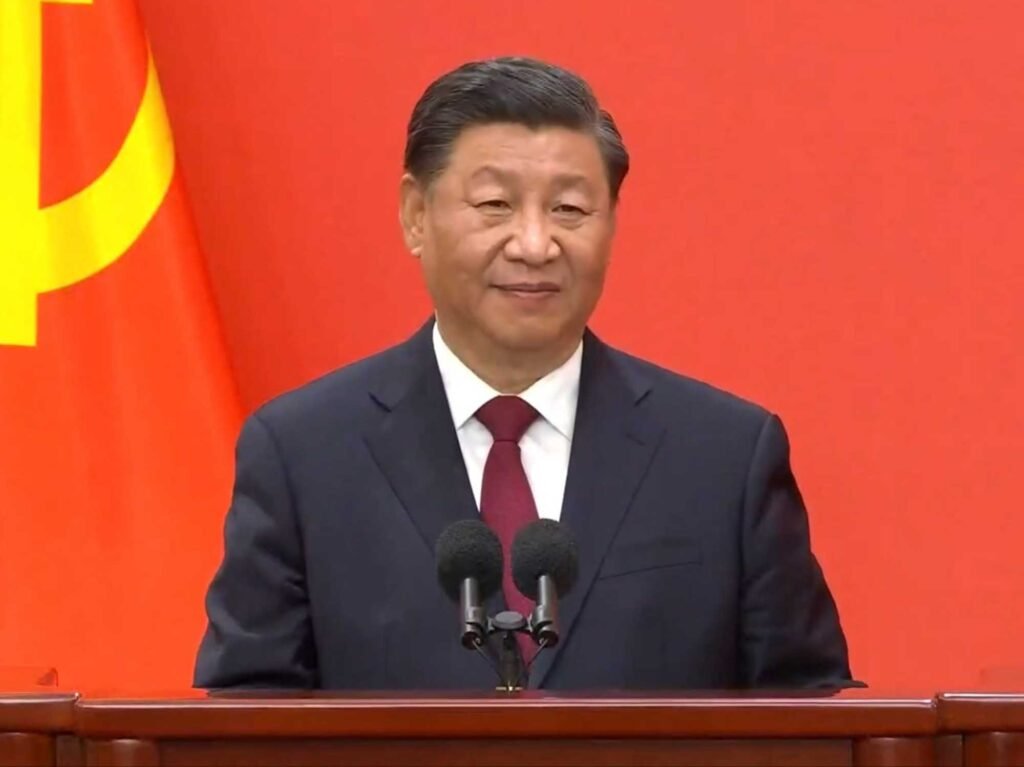
Challenges and Ambitions in the 21st Century
As China navigates the complexities of the 21st century, it faces a myriad of challenges and opportunities. The ongoing tension with the United States, regional geopolitical dynamics, and the need to balance economic growth with environmental sustainability are central considerations. Xi Jinping’s leadership and the trajectory of the CCP continue to play a pivotal role in shaping China’s position as a global power.
Continued Evolution and Global Influence
The contemporary era under Xi Jinping’s leadership signifies China’s ongoing evolution and increasing global influence. With a focus on technological advancement, economic resilience, and diplomatic assertiveness, China continues to shape the international landscape. The story of modern China is one of continuity and change, as it navigates the complexities of a rapidly transforming world while holding onto the rich tapestry of its historical legacy.

A Glimpse into the Future
As we conclude our whirlwind journey through China’s history, we catch a glimpse of what the future holds. With its rapid technological advancements, ambitious space program, and growing influence, China is poised to shape the course of the 21st century.
So, dear readers, as we bid farewell to this captivating journey, let us remember that China’s history is not just a collection of dates and events, but a testament to the resilience, creativity, and ingenuity of its people. It is a history that continues to unfold, leaving us in awe of the ancient wonders and excited for the possibilities that lie ahead.




Leave a Reply